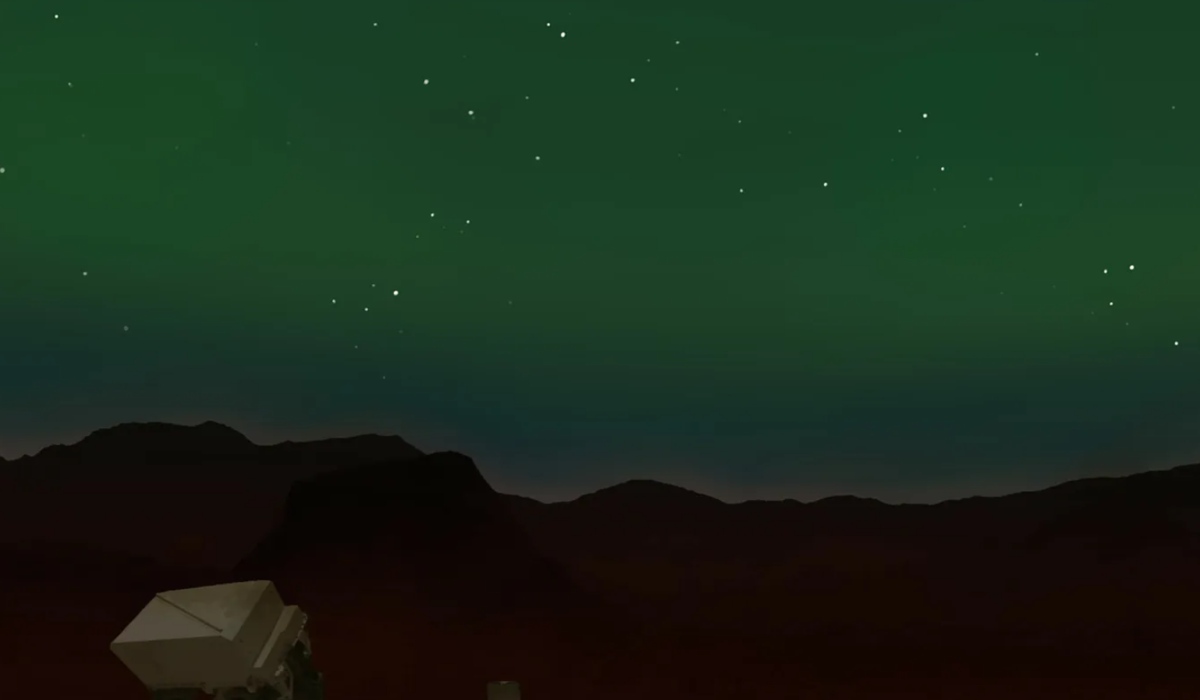for all the space geeks, NASA has announced an exciting breakthrough with its Mars rover. For the first time, the rover recorded visible light auroras on the Red Planet. This discovery gives scientists valuable information about the Martian atmosphere and its interaction with solar wind, expanding our knowledge of the planet’s weather. “It opens up new possibilities for auroral research and confirms that auroras could be visible to future astronauts on Mars’ surface,” said Elise Knutsen, a postdoctoral researcher at the University of Oslo in Norway.
How was the Discovery Made?
NASA’s Perseverance rover, which is exploring Jezero Crater on Mars, captured this aurora. The phenomenon occurs when charged particles from the Sun collide with a planet’s atmosphere. On Earth, this creates the northern and southern lights. On Mars, the aurora appears differently and can only be seen under certain conditions, especially when the Sun’s solar wind meets the planet’s thin atmosphere.

The team behind the mission expected particles from the CME to react with oxygen atoms in the Martian atmosphere, causing a faint glow in a very precise shade of green. When they saw one aurora, they estimated it could trigger an aurora bright enough for their instruments to detect. It was indeed a “neat observation.”
Read More: NASA Astronauts Receive No Overtime Pay for Extended ISS Mission
Why It is Important
Mars lacks a global magnetic field like Earth’s. Instead, the planet has localised magnetic fields scattered across the surface. These weak fields allow solar wind to interact with Mars’ atmosphere and create the aurora, which are quite rare on Earth. Studying this interaction helps researchers learn more about the Martian atmosphere and its ability to protect against solar radiation. This discovery is crucial for future human missions to Mars.
NASA’s discovery of visible light auroras on Mars opens up new research opportunities. It provides valuable insights into Mars’ atmosphere and its interaction with solar winds. Further research will help scientists learn more about the Martian environment and the potential for human exploration of the Red Planet.
Stay tuned to Brandsynario for latest news and updates






































